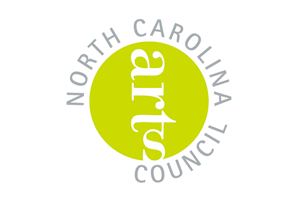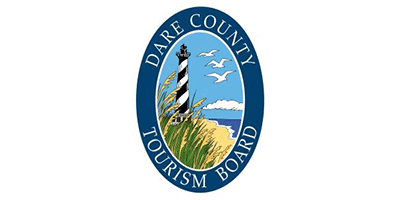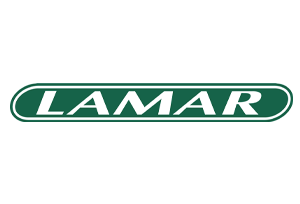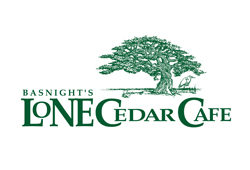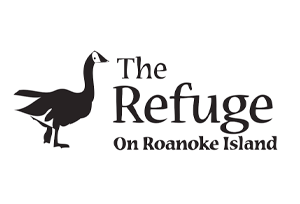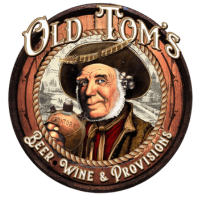Story shared from (WNCN) — The full story of the Lost Colony of Roanoke Island continues to evade historians. A new piece of their story was recently unearthed by archaeologists.
Scientific test results show a copper earring unearthed by First Colony Foundation archaeologists at Roanoke Island’s Elizabethan Gardens was almost certainly traded, or gifted, to local Native Americans by Sir Walter Raleigh’s explorers, the Foundation reports.
An analysis conducted by Madison Accelerator Laboratory at James Madison University in Harrisonburg, Virginia, found that the copper used to make the ring was of European origin, rather than from a North American source.
The First Colony Foundation believes this is significant because neither the French nor the Spanish, England’s rivals in exploring and settling the “New World”, ventured as far north as Roanoke Island to trade.
“This is an amazing find – with an intriguing story to tell,” said Eric Klingelhofer, First Colony Foundation’s vice president for research, who led the Elizabethan Gardens dig.
“After laying hidden in the ground for more than four centuries, this piece of copper now confirms that we have indeed located the site of Roanoac, the Algonquian village that welcomed the first English explorers in 1584.”
During that first contact, the wife of the village chief treated English explorers Philip Amadas and Arthur Barlowe to a lavish woodland feast. “We were entertained with all love and kindness,” Barlowe wrote in his journal, “and with as much bounty, after their manner, as they could possibly devise.”
“Which makes you wonder,” Klingelhofer says: “Was their hospitality later repaid with a gift of this copper earring, jewelry to adorn a chieftain’s wife or her ladies? There’s no way to be sure, of course, but it’s an intriguing possibility, isn’t it?”
Roanoac village was abandoned in 1586. The First Colony Foundation believes the earring must have been presented as a gift or exchanged in trade before then. This happened either during the 1584 visit by Amadas and Barlowe or the 1585 military outpost under Ralph Lane, rather than during Sir Walter Raleigh’s final effort, the 1587 civilian settlement led by artist John White.
White returned to England for more supplies shortly after establishing the settlement in what is now North Carolina. He returned to the settlement in 1590 to find the 117 colonists had abandoned the site. Where those colonists went has never been confirmed.


